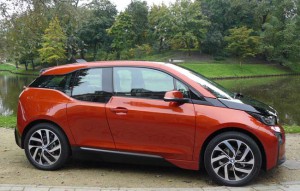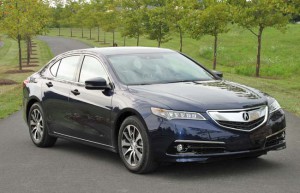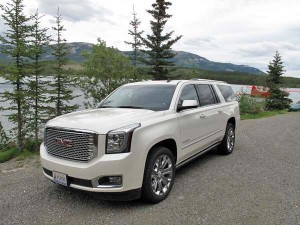How does an electric car work?
They’re now more common than ever, but just how does an electric car work?
In 2016, electric cars are a legitimate form of transport, and thanks to cars such as the Tesla Model 3 and the Chevrolet Bolt, EVs and hybrids will make up at least a third of the cars on the road by 2025. Driving an electric car is an alien experience compared to driving a normal car, because along with ridiculous torque and acceleration, you hear absolutely nothing. So just how do electric cars work, and how do they give great performance with no emissions or noise?
How an electric car works
Apart from the odd lick of blue paint – hello BMW, Nissan, Renault – electric cars look pretty similar to normal vehicles from the outside and that’s because they share a lot of the same components. Electric cars have four wheels, a bonnet and a boot like fossil-fueled cars, and from a distance it’s very easy to confuse something such as a Nissan Leaf with a traditional Nissan Micra. Under the surface, however, it’s a completely different story.
When you fill up a petrol- or diesel-engine car, you take it to the petrol station and fill it up with fuel. This fuel features stored chemical energy and the car keeps it in a tank ready to be used and combusted by a petrol or diesel engine.
Batteries
To charge up an electric car, you use electric energy, which then fills up lithium-ion batteries in the car. These batteries are much like the ones you’d find in your laptop or smartphone – only much bigger – and store electric energy so it’s ready to be used at a moment’s notice. You’ll usually find fuel tanks in several areas of normal cars, but most electric cars stow their batteries at the very bottom of the cars between the wheels. Because they’re so heavy, storing the batteries underneath the car lowers its centre of gravity, making it more agile to drive.
The controller
Once the electricity is stored in batteries, it’s used for several things. Most of the electricity travels to a controller which judges how much battery power to let through, but it does this in a way that emulates driving a fossil-fuel engine.
If a controller simply used an on/off position, it’d be nearly impossible to maintain a constant speed. To combat this issue, the controller intelligently turns the electricity on and off around 15,000 times per second, depending on the throttle position. So, if the pedal is three-quarters of the way down, the controller will pulse so that it’s on three-quarters of the time, and off for one quarter.
Motor and regeneration
At least one motor is used to convert electric energy into kinetic energy and higher performance electric cars such as the Tesla Model S often have a motor per axle for four-wheel-drive. However, it doesn’t just all go on speed. Air conditioning, heated seats and interior lights all take from the same pool of energy and that’s why you’ll find the range of an electric car often feels shorter in cold weather – the car is exactly the same, but you’re asking for more from it.
At first this might seem like entirely one-way traffic, but electric cars have a trick up their sleeves. Most models feature something called “regenerative braking”, which recaptures energy you’d usually waste when slowing down, and puts it back into the battery. The motor effectively takes on the role of a generator when you’re not on the gas and recharges your batteries. In fact, lifting-off the accelerator will actually cause the car to slow down, almost like engine braking.
Charging
When it’s time to fill up, electric cars need to be recharged and you can use an app such as Ecotricity or Zap Map to find your nearest station. However, just like smartphones, there are several types of connector, from Chademo to Mennekees, and you’ll need to check your car is compatible. Energy stations can provide chargers with anything from 3kw to 50+kw hours, and that translates to charging times of four hours to 30 minutes – if you’ve got a Tesla or a fast-charger.
Of course, you can always get a charger installed at your home, but it’ll cost you around £300. The distance you can travel in an electric car is growing every year, but it’s still worth planning ahead if you aim to do anything over 80 miles in one journey. And with an ever-growing network of chargers, it’s easier than ever to plan your journey around a charging stop.






























